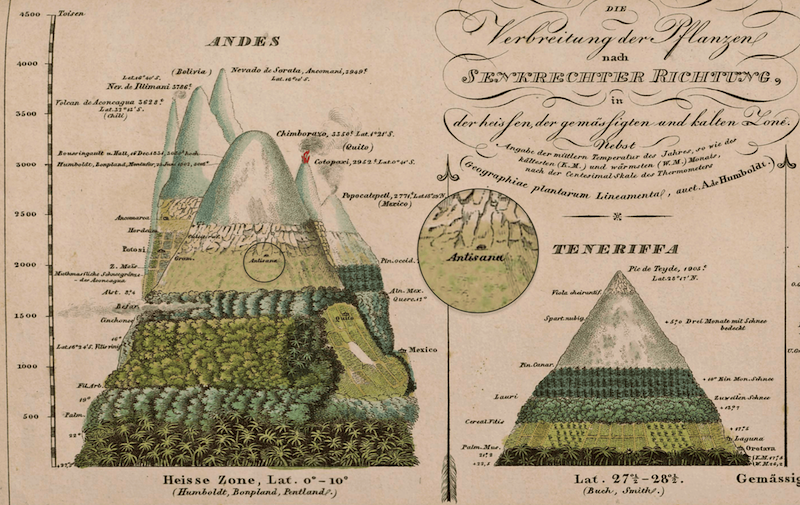The world is warming rapidly, and this change is particularly evident in mountainous regions with already observable consequences on flora and fauna. This book presents concepts, methodologies and major achievements arising from recent research in climate change ecology in mountain environments. It actively frames the research within a historical context by exploring the perspectives of travellers and naturalists during the Romantic era, with a particular spotlight on the pioneering contributions of Alexander von Humboldt.
There is now a renewed interest, both in academia and beyond, in Humboldt, his writings and his view of nature. But how can we make use of his writings? How can we put his philosophy into practice? How can we still learn from past scientific figures and do a better science today?
In this book, the author explores a pathway to success in modern science, one rooted in a return to sources, a renewal of the tradition of past polymaths such as Humboldt, and the adoption of a fully humanistic approach to science. Drawing on his 15-year experience studying the ecological effects of climate change in the tropical Andes, the author shows how he integrates diverse methodologies from various disciplines, spanning science, history, and the arts, to achieve a more comprehensive view of his scientific field. Alongside hard data, the author argues that discoveries by past naturalists not only build our understanding of the world but appeal to the emotions that make us want to understand it. In the author’s view, this is a productive and enjoyable way of conducting science that speaks to our humanity and increases our knowledge about nature.
Climate Change on Mountains is an academic cross-over book that appeals to a broad audience of students, scientists or, supported by attractive illustrations, to anyone interested in the adventure or making of science, but not necessarily with a scientific background.
Citation
Dangles, O. (2023). Climate Change on Mountains: Reviving Humboldt’s Approach to Science. Springer. https://doi.org/10.1007/978-3-031-39528-4
Cover image: Insightful and beautiful mountains. Alexander Humboldt was a pioneer in combining art and science in the illustrations of his works. Based on information collected by Humboldt (and with his encouragement) German geographer and cartographer Heinrich Karl Wilhelm Berghaus (1797–1884) produced beautifully engraved hand-colored thematic maps such as these plant variation altitudinal profiles for the Andes and Tenerife. Note the presence of the Antisana hacienda that Humboldt mistakenly believed to be the highest inhabited place in the world. Modified from Berghaus (1852), Physikalischer Atlas. Provided by Olivier Dangles.


